At the Dutch Grand Prix of 1962 Colin Chapman and Team Lotus introduced their stunningly beautiful, stressed-skin chassised Lotus Type 25 upon an unsuspecting Formula 1 world. Colin had long agonized over the problem of installing and protecting aluminium fuel tanks within a multi-tubular spaceframe chassis. His fertile mind had been drawn to the match-stick man backbone chassis structure for his forthcoming Lotus Elan production sports car. Now he considered ways of adapting such a structure, with such elegant load-bearing and twist-resisting potential, to a single-seater racing car. In planning lunches at a local restaurant close to his Lotus factory in Delamare Road, Cheshunt, Hertfordshire, he literally sketched upon a table napkin his original scheme to apply a backbone chassis to a single-seater racing car. He told Doug Nye – for many years now Bonhams' senior competition car consultant – "I thought, 'Why not space the sides of the backbone far enough apart for the driver to sit between them? We'd had years of trouble with wrapping aluminium fuel tanks around tubular spaceframes and trying to stop them chafing through. So if we made the sides of the backbone as box sections we could carry fuelinside them in rubber bags...it was the first monocoque racing car so far as I was concerned. I'd never seen one before, and we didn't know if it would work. The spaceframe was a known quantity and so we sold it to our customers'" (as the Lotus Type 24). "We couldn't be expected to sell them a revolutionary car which might not work at all, and might need a long and expensive development programme. At that time the monocoque – if that's what you want to call it – was really an unknown animal..." The Lotus 25 Formula 1 debutante featured a 'bath-tub' chassis structure, open at the top where a detachable glassfibre body panel clipped into place, in which two longitudinal stressed-skin box members provided the fuel tank accommodation along each side. These pontoons were interlinked by a fabricated foot-box containing the driver's pedals, the dash panel frame and a bulkhead between cockpit and engine bay, the power unit being supported by rearward-extending monocoque horns on each side, with a final hoop cross-member encircling the gearbox at the tail. The Lotus 25 went on in Jim Clark's hands to win the 1962 Belgian, British and United States Grands Prix, and in 1963 Clark and an improved Type 25 monocoque car utterly dominated the Formula1 World Championships. A spin-off monocoque-chassised Lotus shone in the Indianapolis 500-Miles and went on to win in the United States. Soon monocoque racing car construction would replace old tube-frame technology almost completely. And that same season of 1963 saw Lotus spin off its newly-developed monocoque technology into the minor formulae – producing this innovative and trend-setting landmark design - the originally Formula Junior Lotus Type 27. The exceptional example we are now privileged to offer here is possibly the world'soldest surviving, still original-skinned, Lotus-made monocoque racing car. The earliest Lotus Type 27s for 1100cc Formula Junior racing's swansong season of 1963 used a bath-tub type monocoque nacelle chassis visually reminiscent of the ground-breaking Type 25. But in fact its construction differed in that rolling the aluminium side panels for the Formula 1 car was an expensive and time-consuming business, making a similar Formula Junior production car too expensive to manufacture in quantity. Consequently the original Type 27 employed outer panels moulded in quarter-inch thick glass fibre, pop-riveted to flat interior panels of 18-gauge aluminium sheet. Fabricated steel brackets within this composite structure accepted suspension loads, while three main bulkheads provided torsional rigidity. The suspension showed its Type 25 heritage in that the front coil-spring/damper assemblies were tucked away inside the hull cross-section and were actuated by fabricated upper rocker
At the Dutch Grand Prix of 1962 Colin Chapman and Team Lotus introduced their stunningly beautiful, stressed-skin chassised Lotus Type 25 upon an unsuspecting Formula 1 world. Colin had long agonized over the problem of installing and protecting aluminium fuel tanks within a multi-tubular spaceframe chassis. His fertile mind had been drawn to the match-stick man backbone chassis structure for his forthcoming Lotus Elan production sports car. Now he considered ways of adapting such a structure, with such elegant load-bearing and twist-resisting potential, to a single-seater racing car. In planning lunches at a local restaurant close to his Lotus factory in Delamare Road, Cheshunt, Hertfordshire, he literally sketched upon a table napkin his original scheme to apply a backbone chassis to a single-seater racing car. He told Doug Nye – for many years now Bonhams' senior competition car consultant – "I thought, 'Why not space the sides of the backbone far enough apart for the driver to sit between them? We'd had years of trouble with wrapping aluminium fuel tanks around tubular spaceframes and trying to stop them chafing through. So if we made the sides of the backbone as box sections we could carry fuelinside them in rubber bags...it was the first monocoque racing car so far as I was concerned. I'd never seen one before, and we didn't know if it would work. The spaceframe was a known quantity and so we sold it to our customers'" (as the Lotus Type 24). "We couldn't be expected to sell them a revolutionary car which might not work at all, and might need a long and expensive development programme. At that time the monocoque – if that's what you want to call it – was really an unknown animal..." The Lotus 25 Formula 1 debutante featured a 'bath-tub' chassis structure, open at the top where a detachable glassfibre body panel clipped into place, in which two longitudinal stressed-skin box members provided the fuel tank accommodation along each side. These pontoons were interlinked by a fabricated foot-box containing the driver's pedals, the dash panel frame and a bulkhead between cockpit and engine bay, the power unit being supported by rearward-extending monocoque horns on each side, with a final hoop cross-member encircling the gearbox at the tail. The Lotus 25 went on in Jim Clark's hands to win the 1962 Belgian, British and United States Grands Prix, and in 1963 Clark and an improved Type 25 monocoque car utterly dominated the Formula1 World Championships. A spin-off monocoque-chassised Lotus shone in the Indianapolis 500-Miles and went on to win in the United States. Soon monocoque racing car construction would replace old tube-frame technology almost completely. And that same season of 1963 saw Lotus spin off its newly-developed monocoque technology into the minor formulae – producing this innovative and trend-setting landmark design - the originally Formula Junior Lotus Type 27. The exceptional example we are now privileged to offer here is possibly the world'soldest surviving, still original-skinned, Lotus-made monocoque racing car. The earliest Lotus Type 27s for 1100cc Formula Junior racing's swansong season of 1963 used a bath-tub type monocoque nacelle chassis visually reminiscent of the ground-breaking Type 25. But in fact its construction differed in that rolling the aluminium side panels for the Formula 1 car was an expensive and time-consuming business, making a similar Formula Junior production car too expensive to manufacture in quantity. Consequently the original Type 27 employed outer panels moulded in quarter-inch thick glass fibre, pop-riveted to flat interior panels of 18-gauge aluminium sheet. Fabricated steel brackets within this composite structure accepted suspension loads, while three main bulkheads provided torsional rigidity. The suspension showed its Type 25 heritage in that the front coil-spring/damper assemblies were tucked away inside the hull cross-section and were actuated by fabricated upper rocker
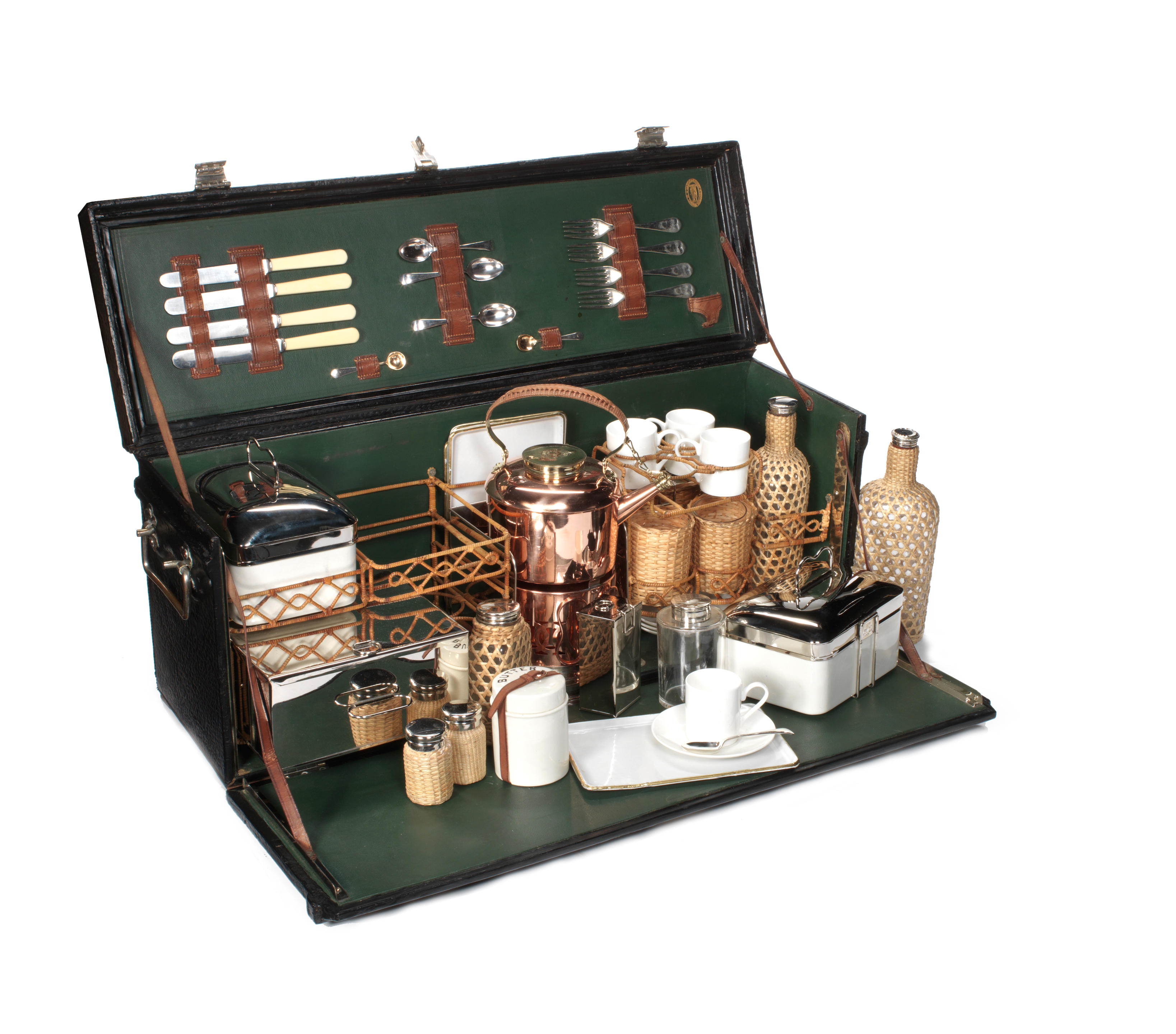
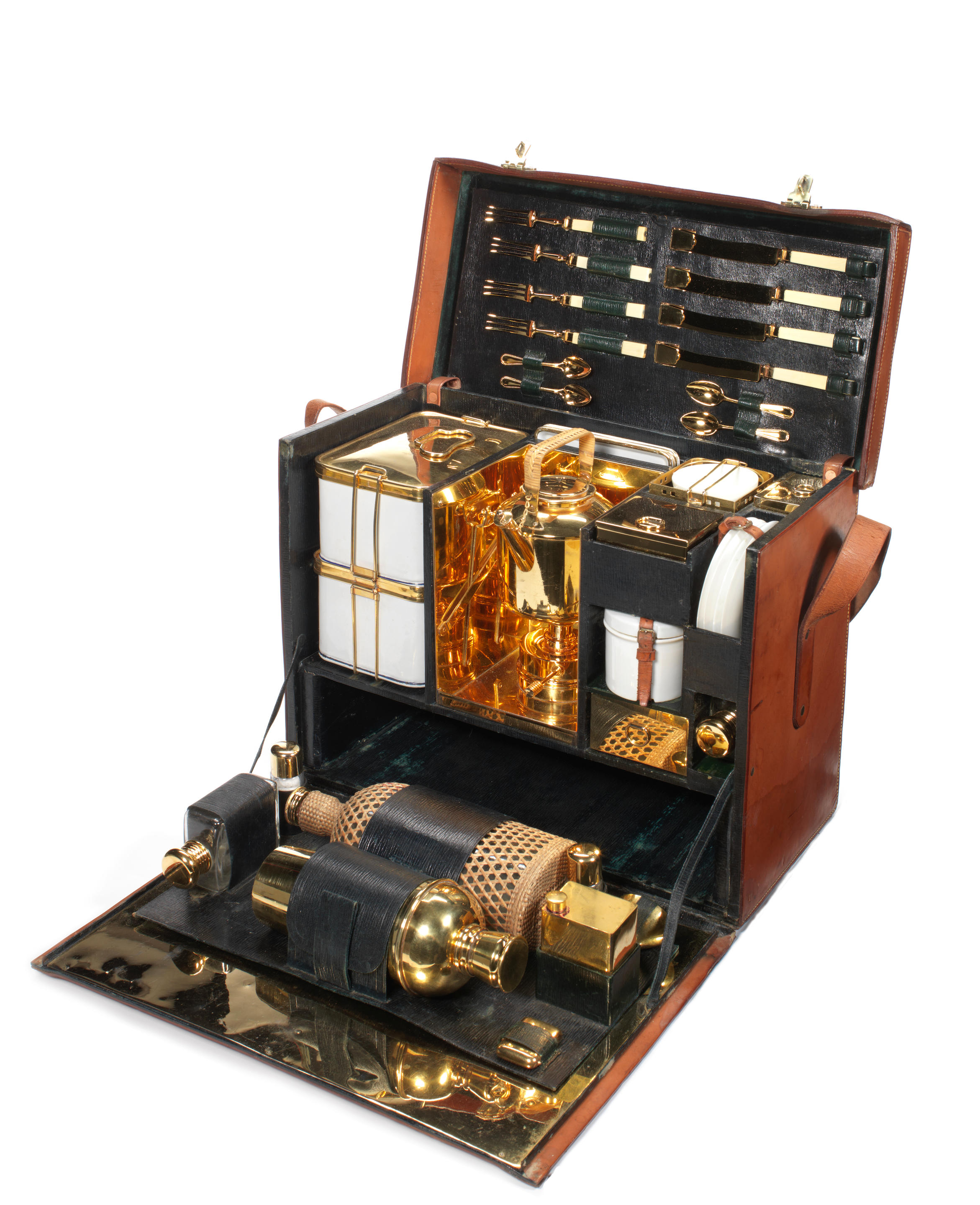
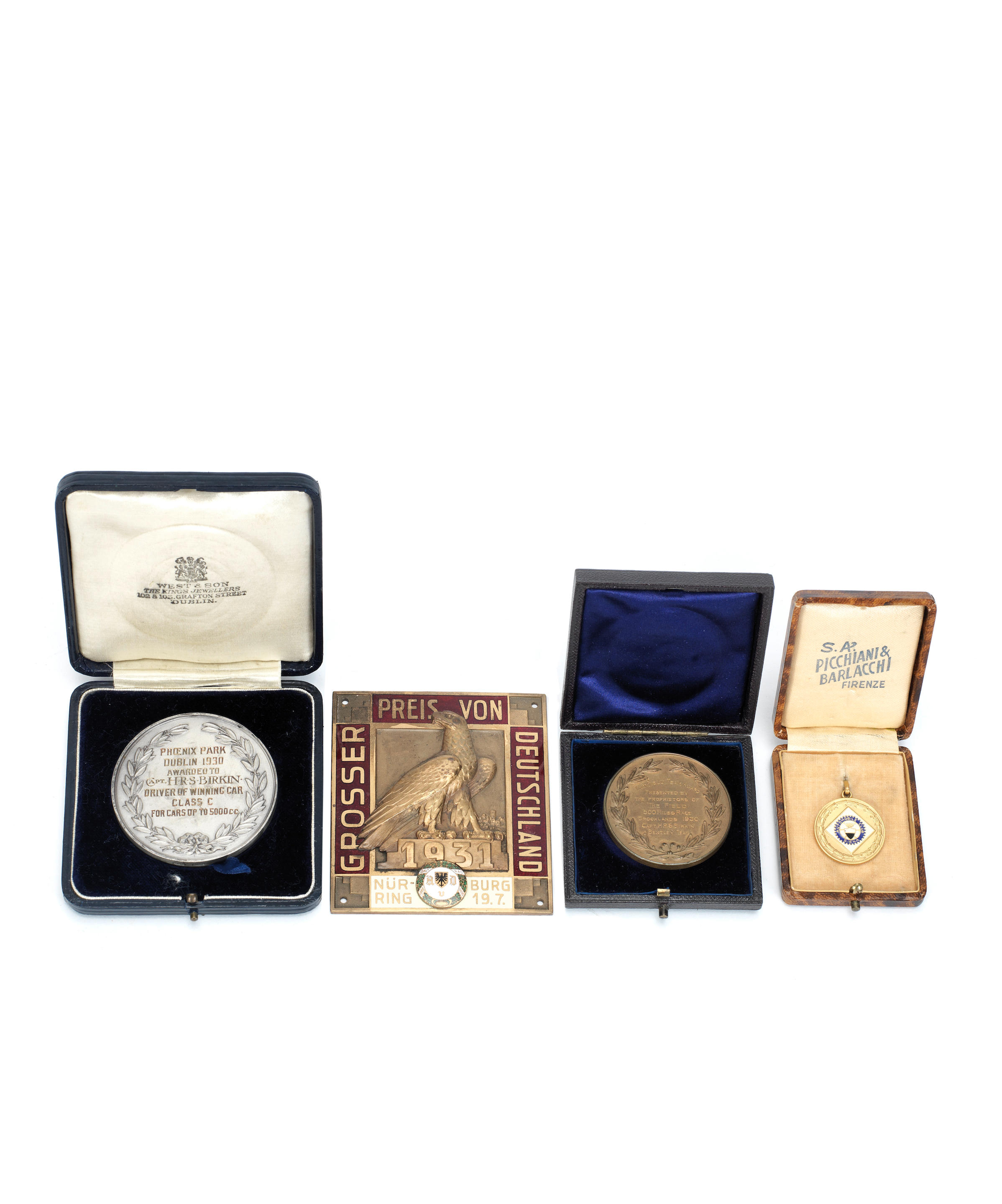
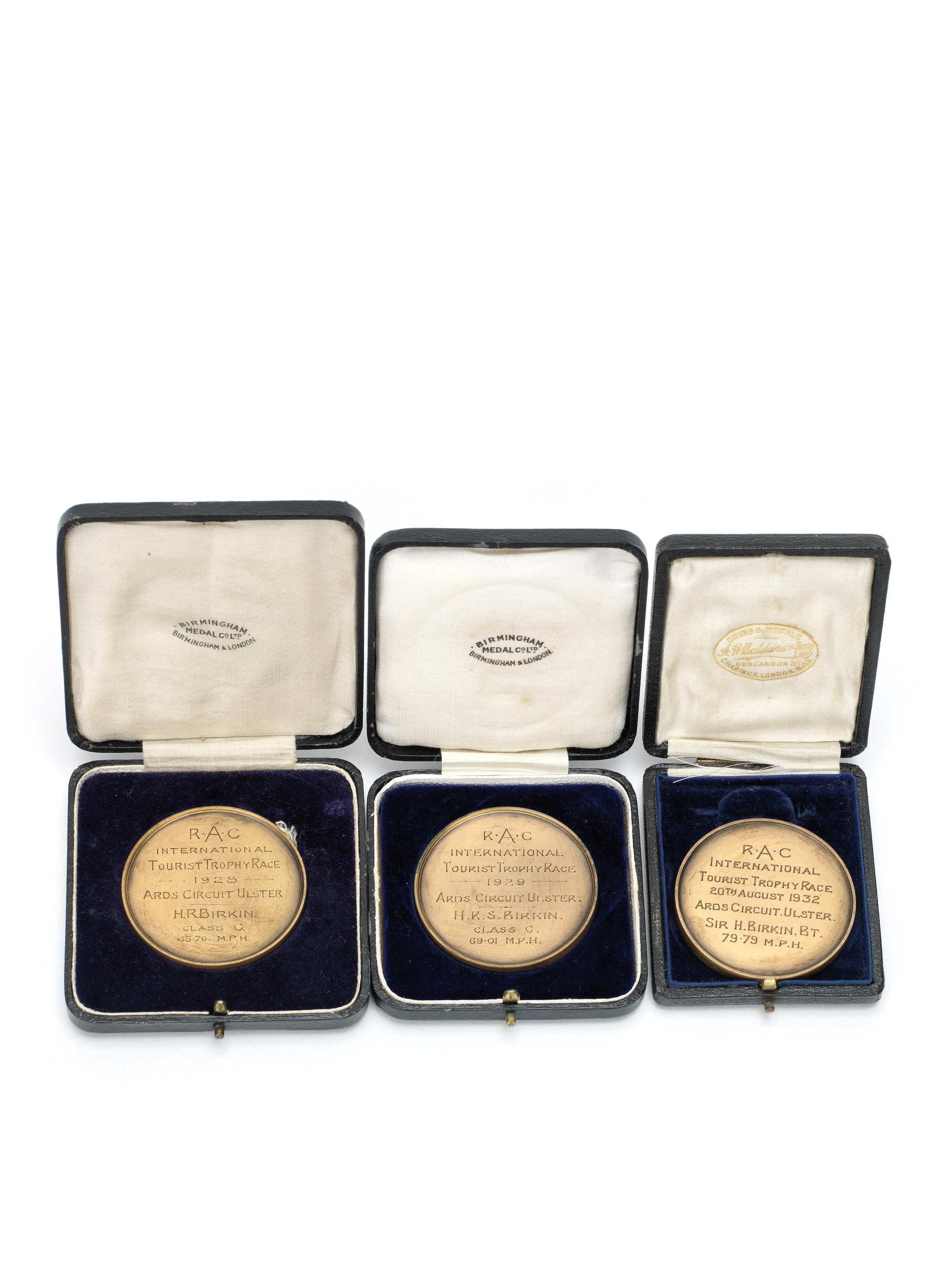
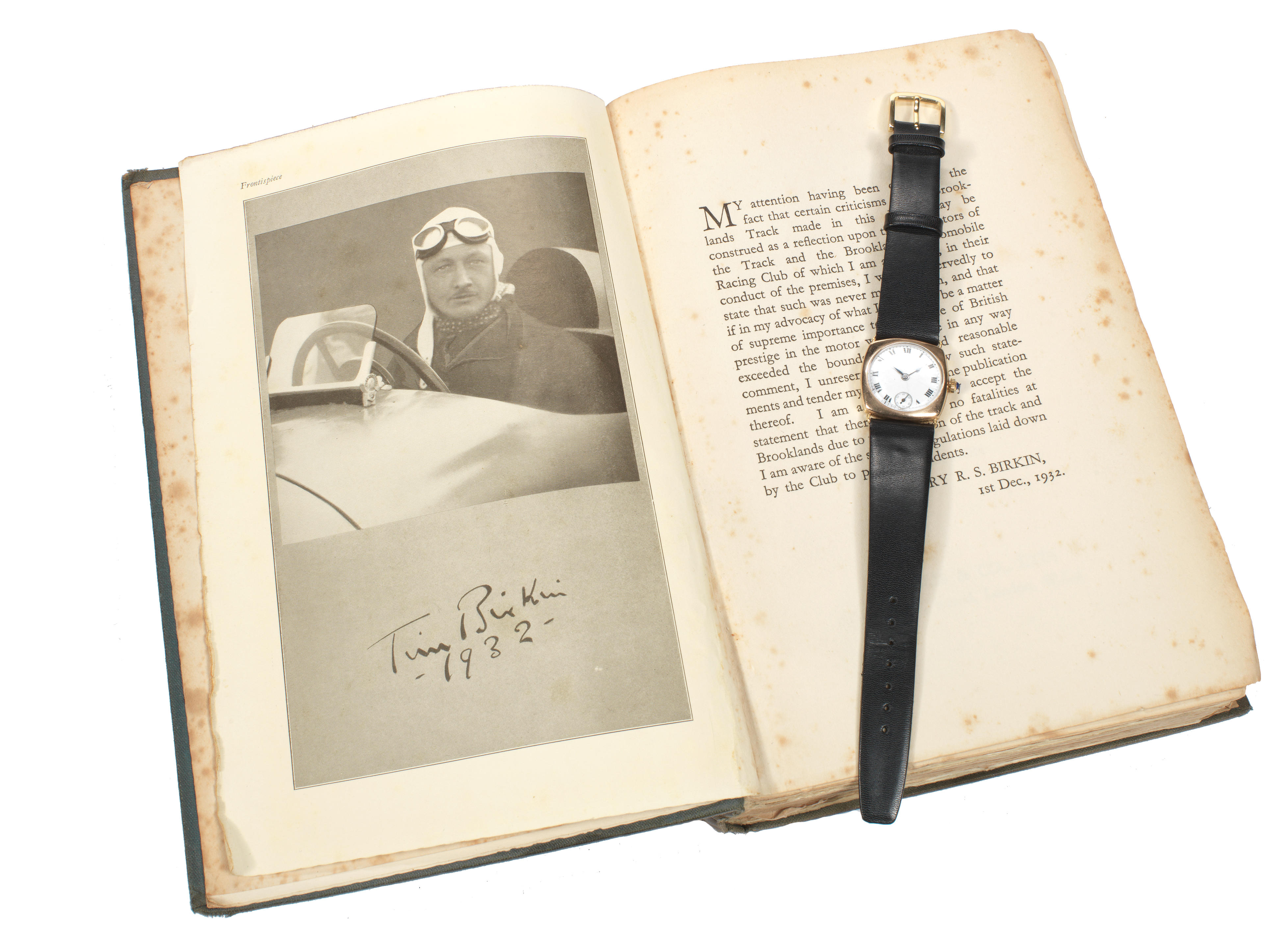
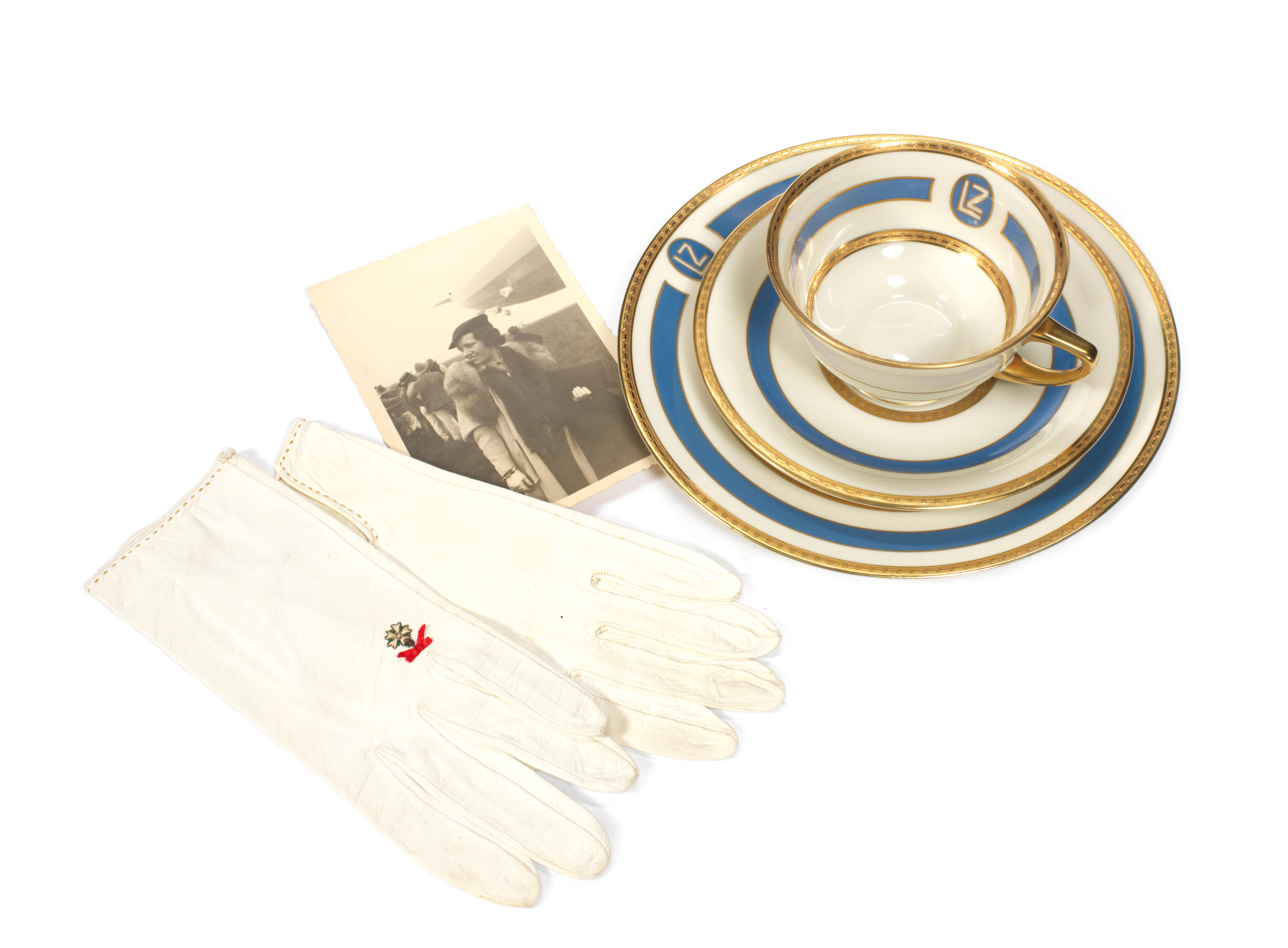

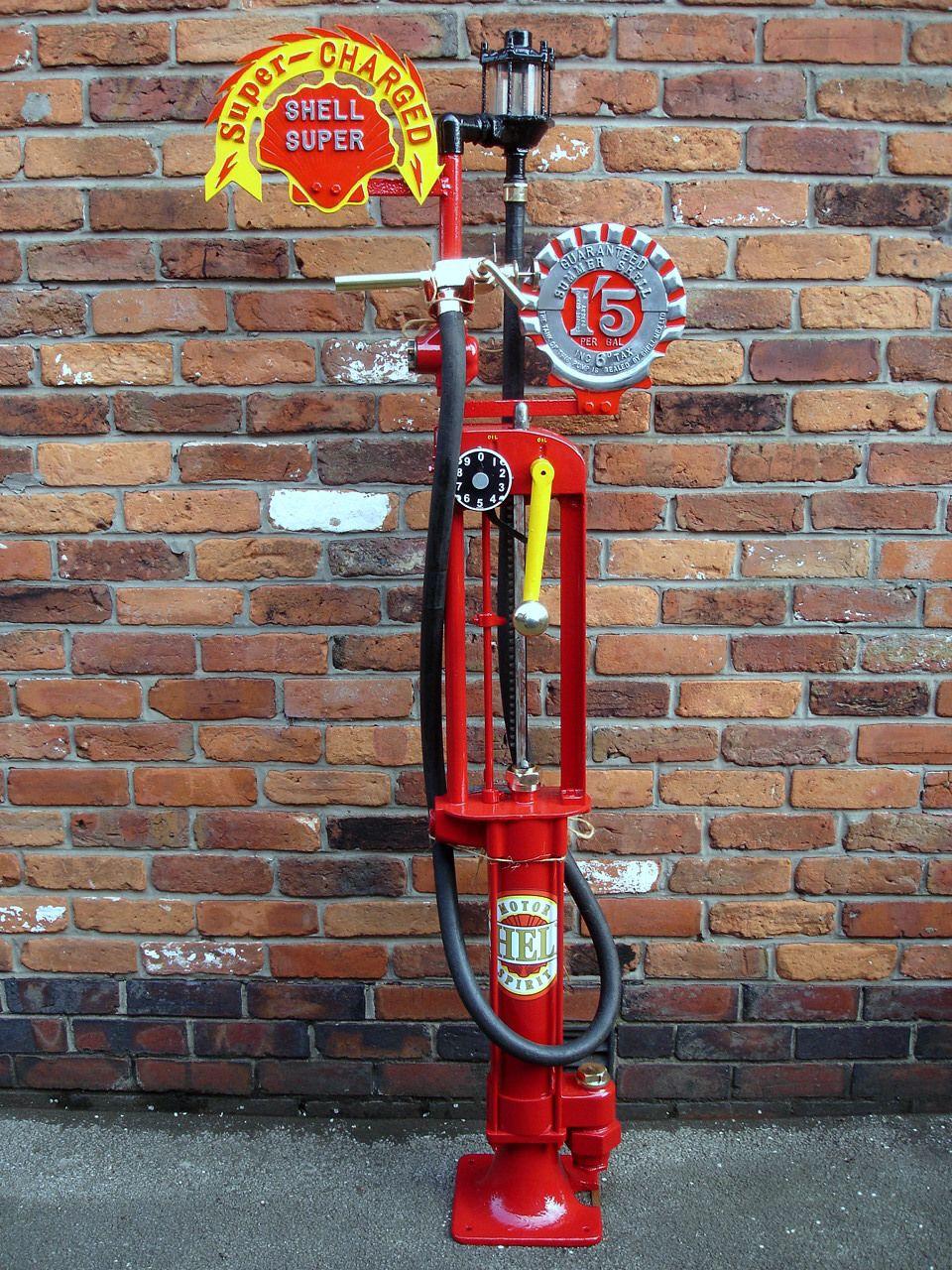
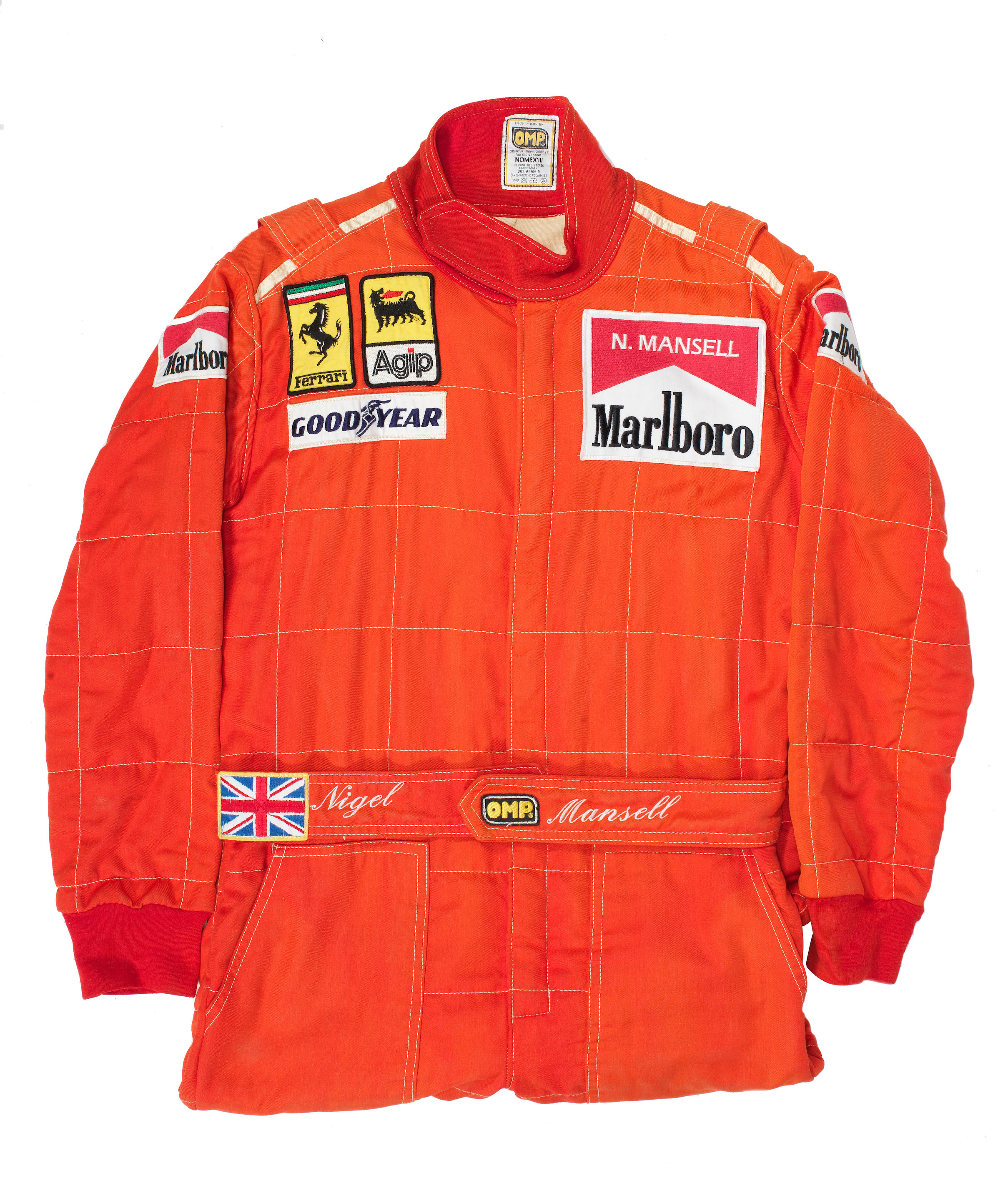
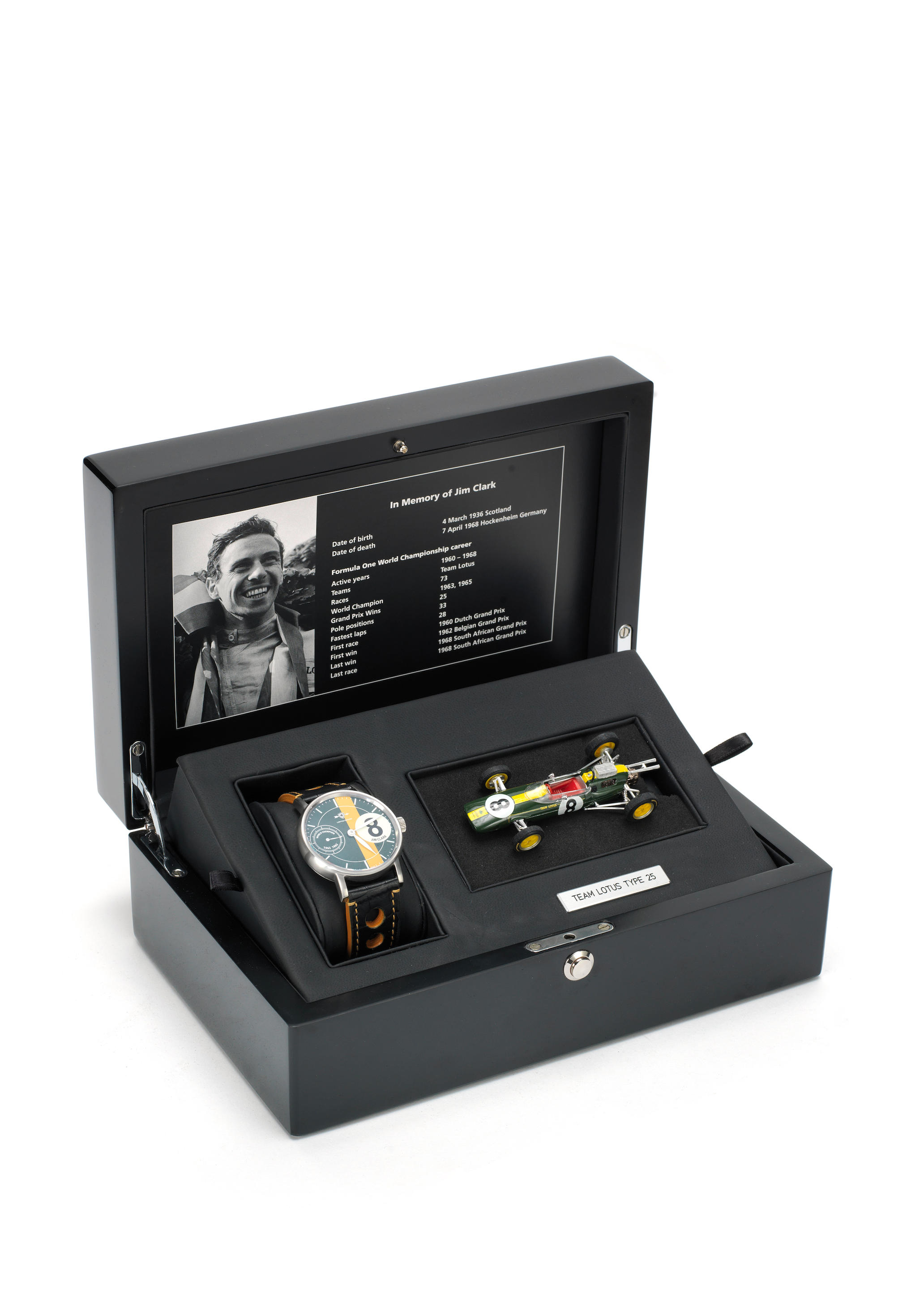
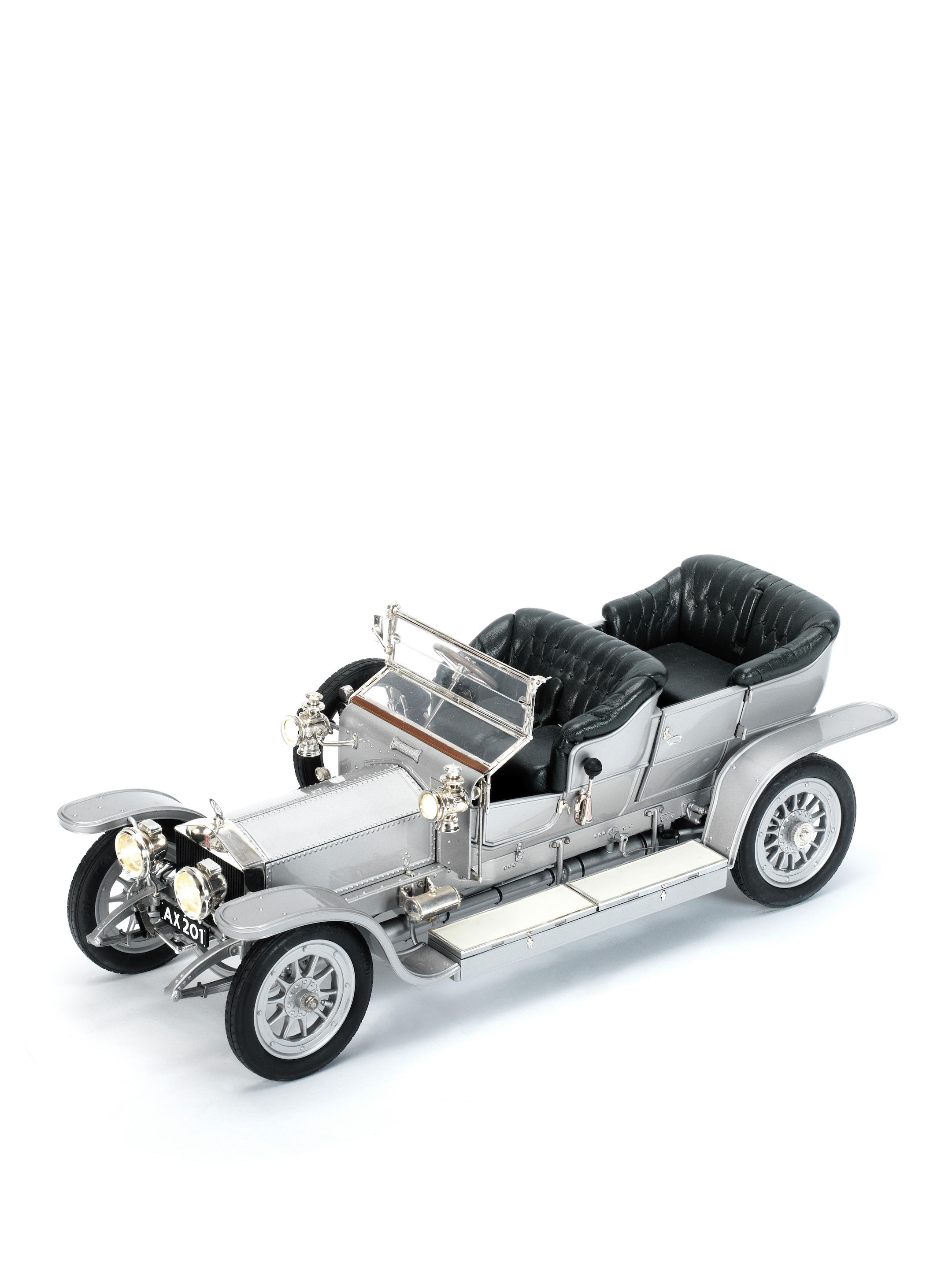
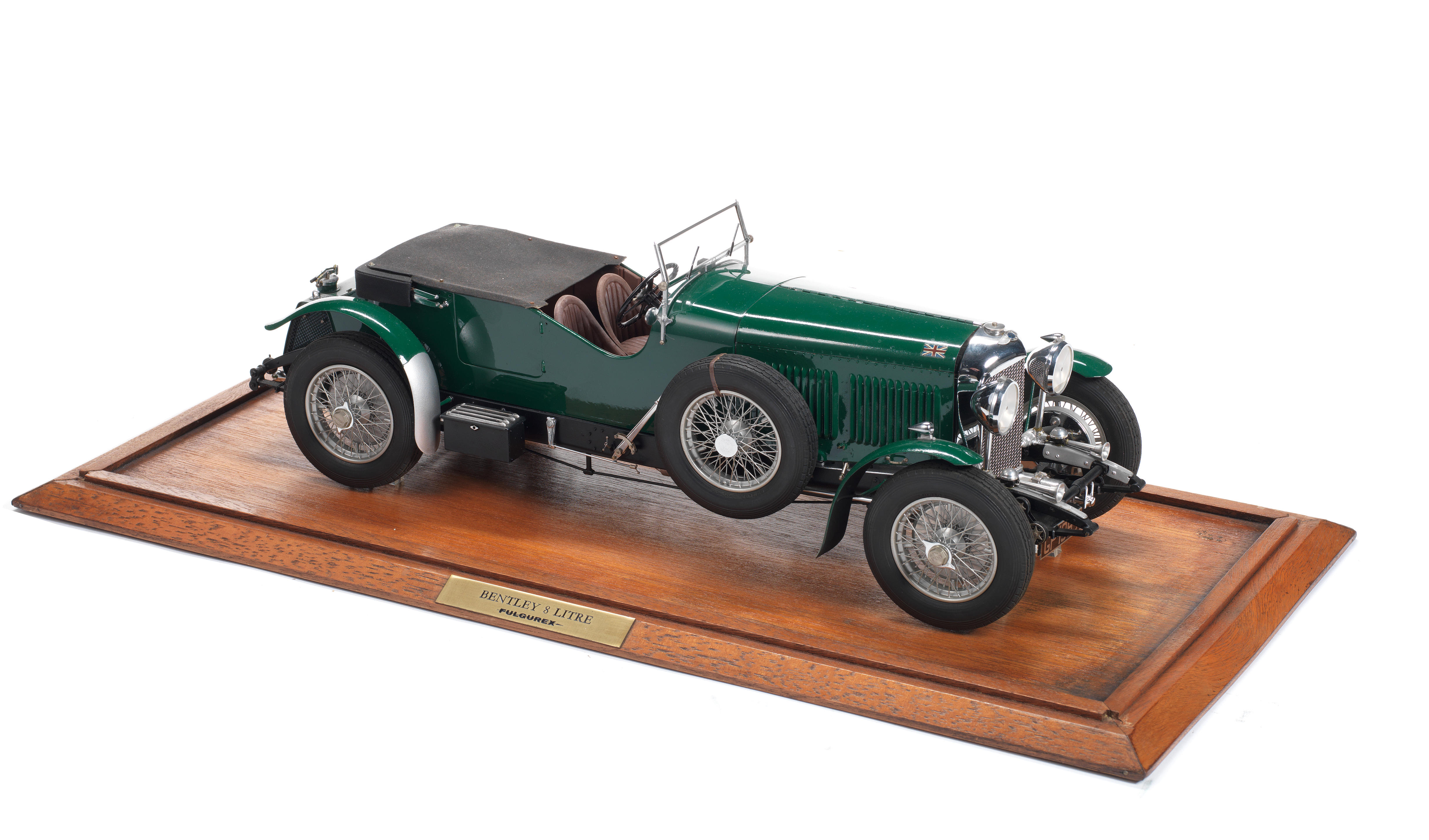
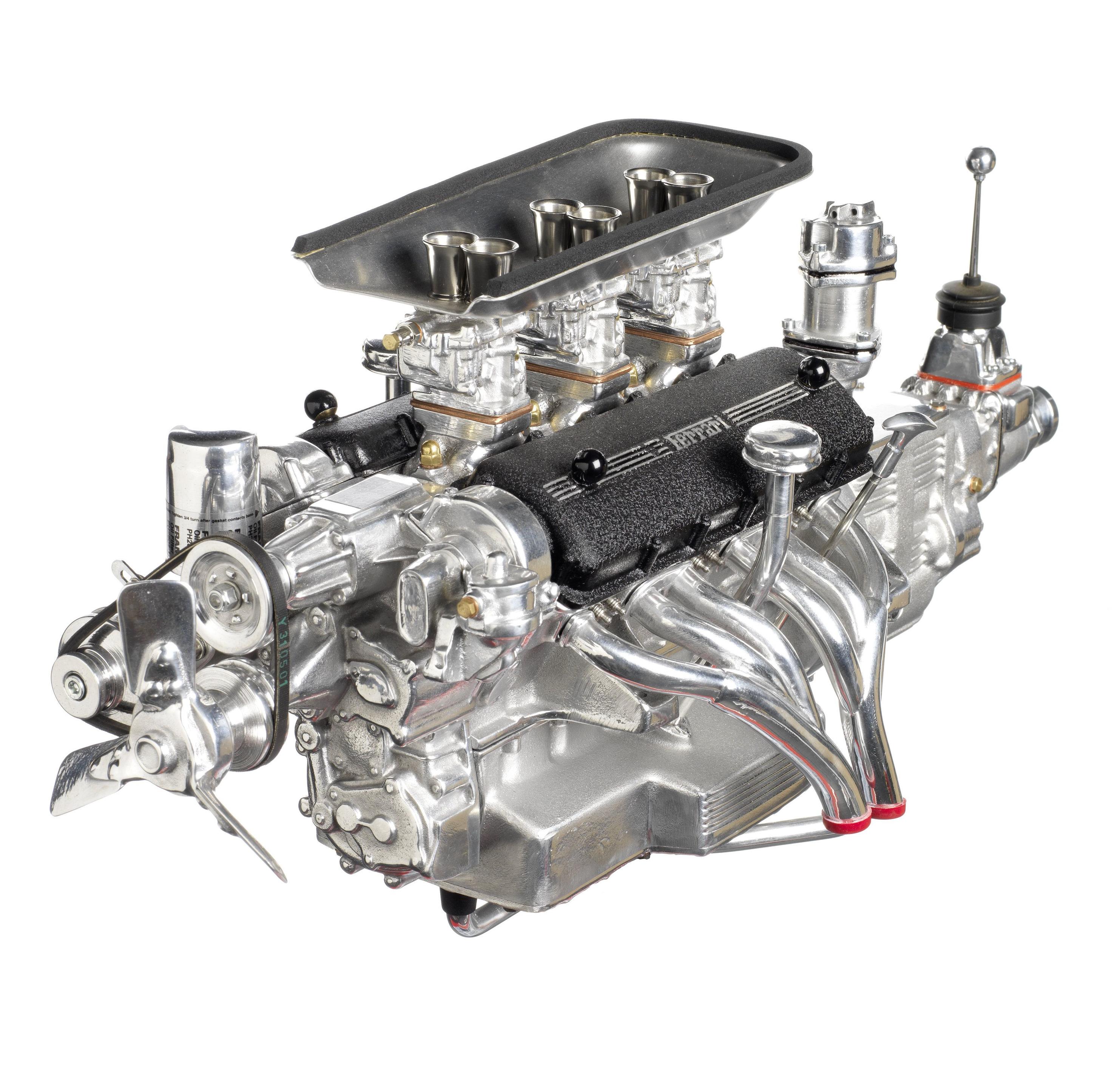
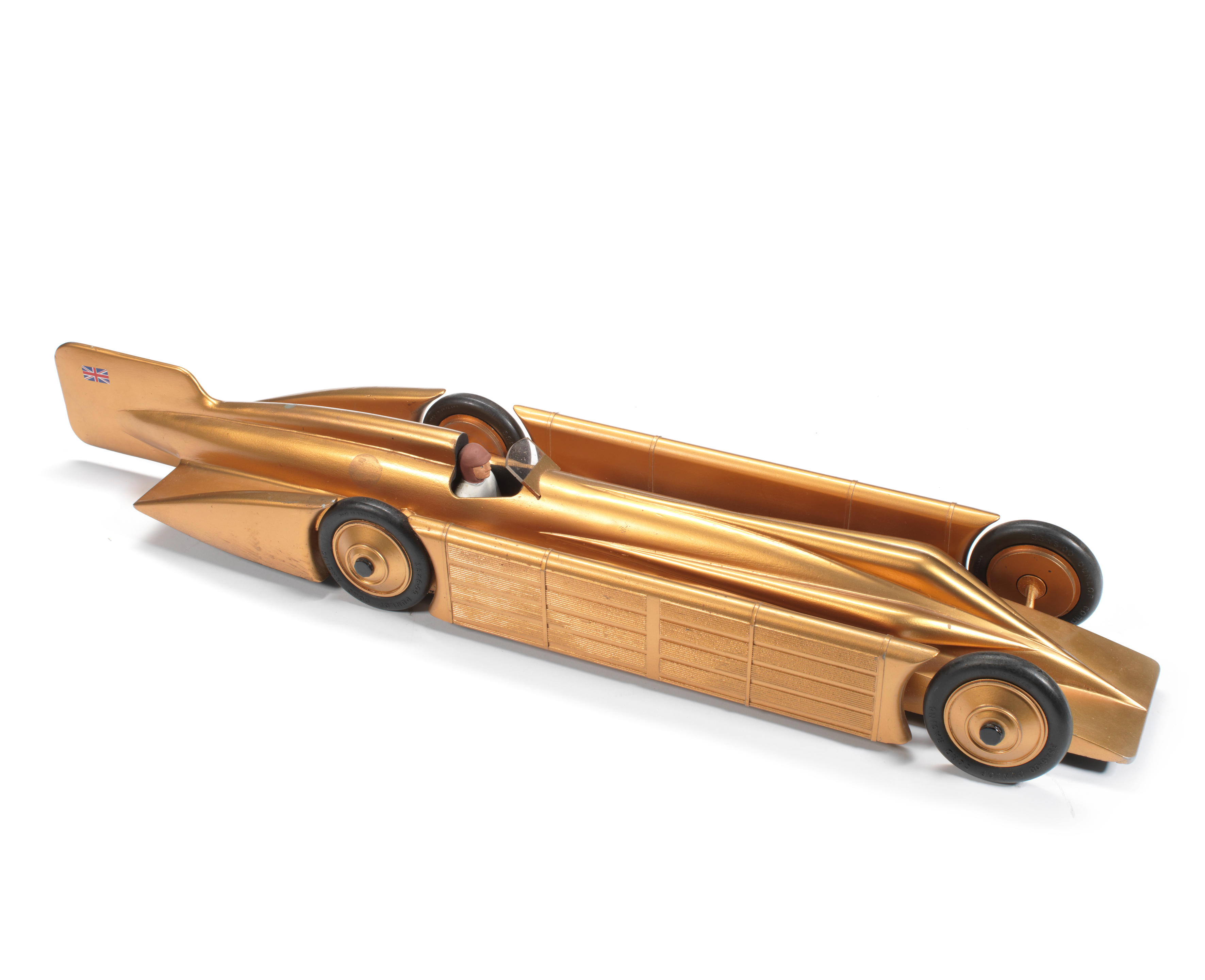

Testen Sie LotSearch und seine Premium-Features 7 Tage - ohne Kosten!
Lassen Sie sich automatisch über neue Objekte in kommenden Auktionen benachrichtigen.
Suchauftrag anlegen